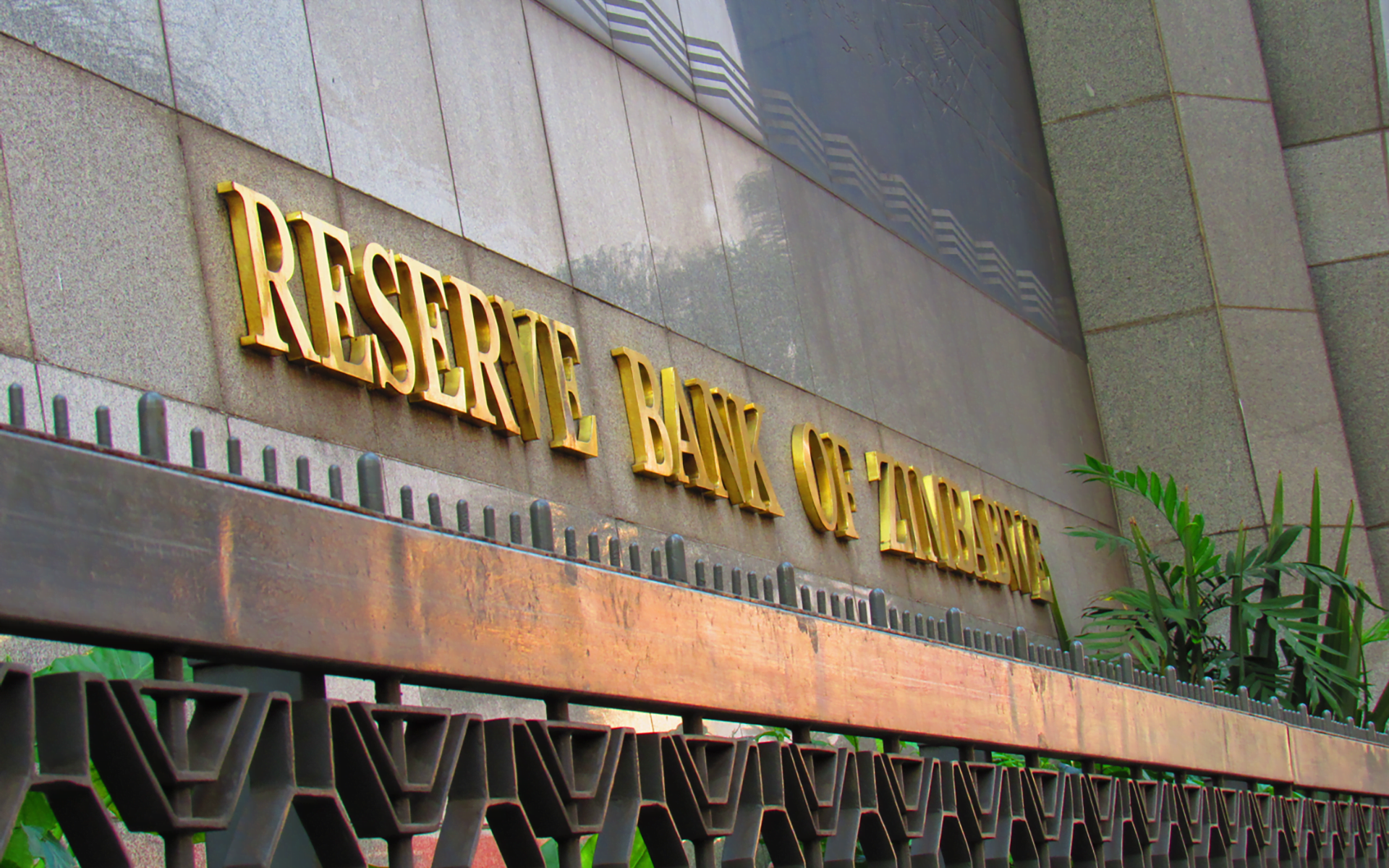The Reserve Bank of Zimbabwe (RBZ) has implemented significant measures to address the recent surge in exchange rate volatility and mitigate inflationary pressures affecting the economy. Effective immediately, the bank’s policy rate has been raised from 20% to 35%, and the limit on foreign currency that individuals can carry outside the country has been reduced from US$10,000 to US$2,000.
RBZ Governor Dr. John Mushayavanhu made these announcements following a meeting of the Monetary Policy Committee (MPC), convened to assess macroeconomic developments and the outlook amid concerns regarding the depreciation of the local Zimbabwe Gold (ZWG) currency against the US dollar.
Since the adoption of the ZWG in April 2024, the economy had experienced relative stability. However, recent weeks have seen a rapid decline in its value, largely due to speculative activities in the parallel market. President Mnangagwa described these actions as economic sabotage, noting that while the official exchange rate remained stable below US$1, black market rates have surged past US$1.
To stabilize inflation expectations and curb rising inflation, Dr. Mushayavanhu outlined several critical measures. The MPC’s decision to raise the bank policy rate aims to restrict money supply through loans. Additionally, the RBZ has increased and standardized statutory reserve requirements for both local and foreign currency deposits. Specifically, the reserve requirements for demand and call deposits have jumped from 15% and 20% to 30%, while those for savings and time deposits have increased from 5% to 15%.
Looking ahead, the RBZ intends to allow greater exchange rate flexibility to accommodate rising demand for foreign currency. Dr. Mushayavanhu expressed confidence that these measures would effectively tackle emerging exchange rate risks and anchor inflation expectations, helping to stabilize prices in the near term. Despite previous successes in monetary policy since the introduction of the ZWG—where month-on-month inflation averaged as low as 0.82% from May to July 2024—August saw an uptick to 1.4%, with further increases anticipated for September.
Even with a 13.4% rise in foreign currency inflows, totaling US$8,465 million during the first eight months of 2024, the ongoing volatility in the parallel market exchange rate continues to pose significant challenges. Dr. Mushayavanhu underscored the necessity for vigilance against emerging risks to maintain ongoing macroeconomic stability in Zimbabwe, highlighting the RBZ’s commitment to implementing policies that support economic resilience.
In other news – SAA boosts flight frequency on Johannesburg-Harare route
South African Airways (SAA) has announced an increase in the frequency of flights on its popular Johannesburg-Harare route, raising weekly services from 10 to 12 starting November 5, 2024. This expansion reflects a significant response to the growing demand for travel between the two cities, enhancing connectivity for both business and leisure passengers.
With the new schedule, SAA will introduce two additional flights from Harare to Johannesburg. The first new service, flight SA25, will depart Harare at 07:20, arriving in Johannesburg at 09:00, and will operate Monday to Friday. The second, flight SA23, will leave Harare daily at 12:25, arriving in Johannesburg at 14:05. Read More
